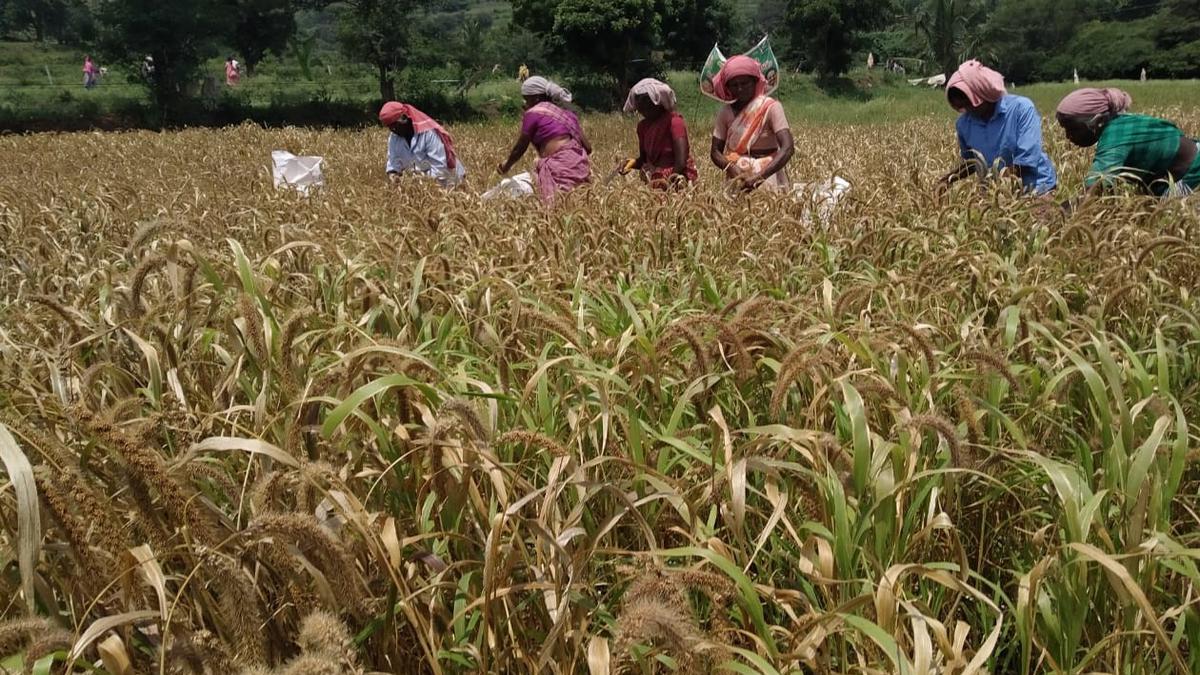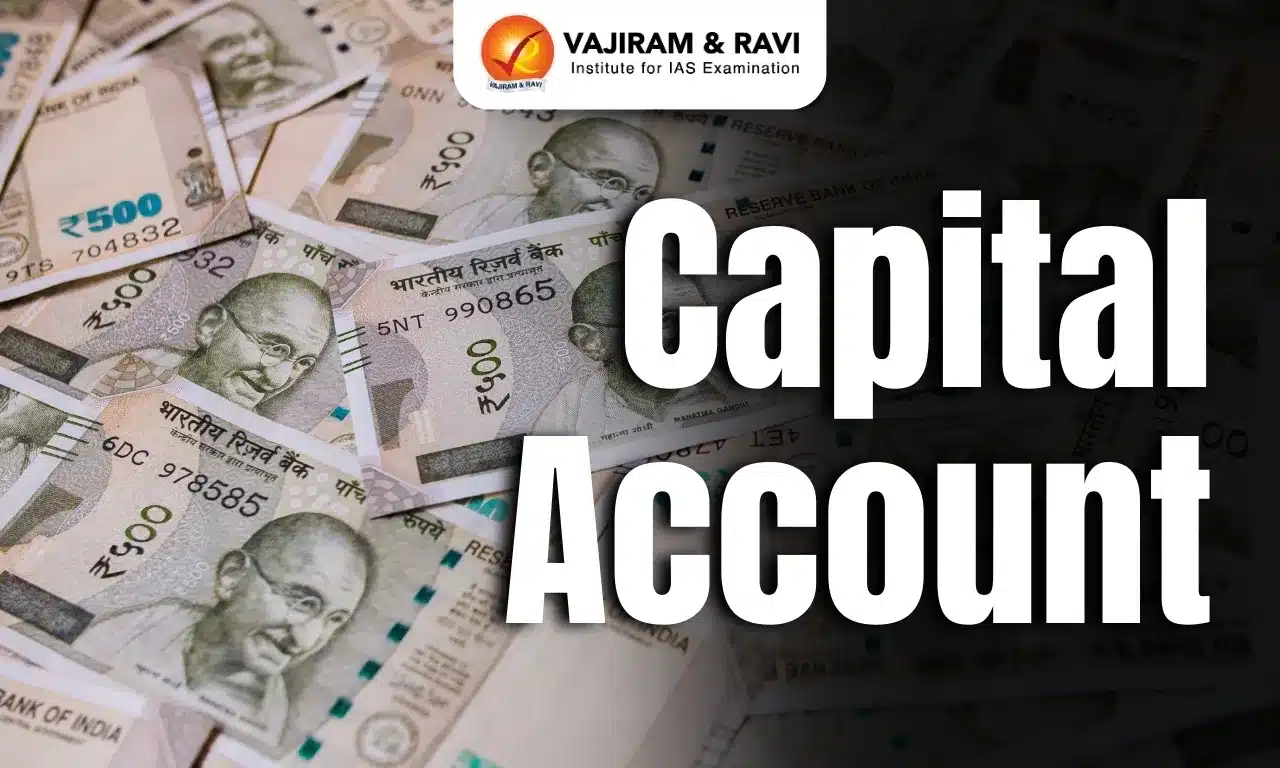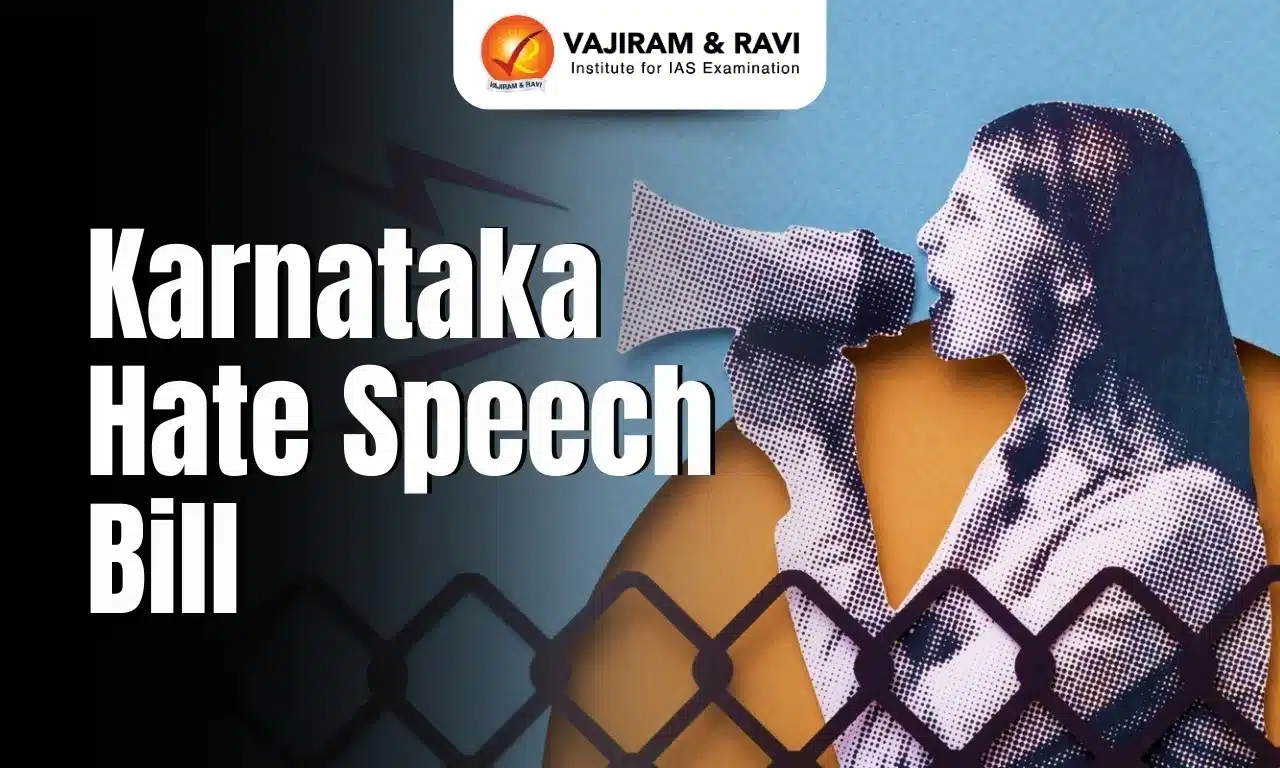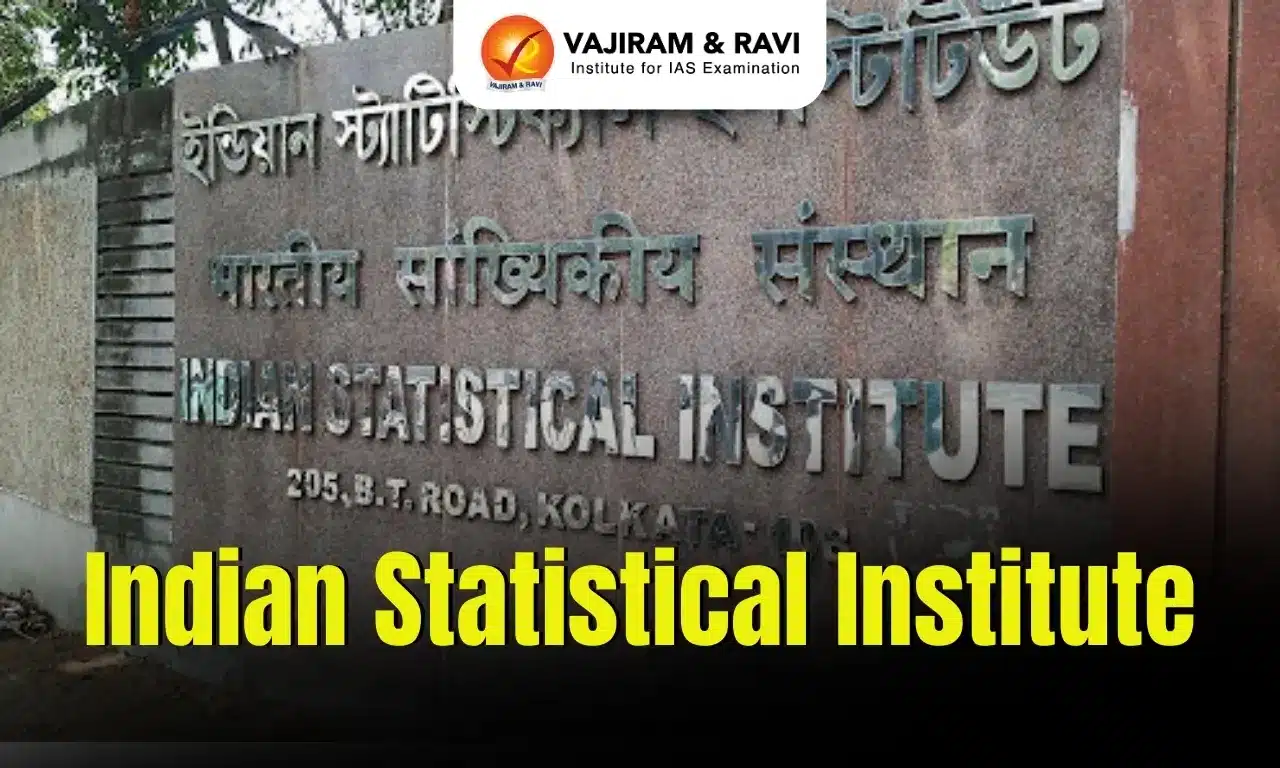What’s in today’s article?
- About Millets
- Why Millets are Sough After?
- Nutritional Value of Millets
- How does Processing Affect the Nutrients?
- What is the Effect of Polishing on Millets?
- Steps taken by the Govt to Popularise Millets and other Cereals
About Millets
- Millets are a rich source of Protein, Fibre, Minerals, Iron, Calcium and have a low glycaemic index.
- Millets are mostly grown during the Kharif season (June-September).
- Major Millets crops grown in India and their percentage share of production are Pearl Millet (Bajra) – 61% share, Jowar (Sorghum) – 27%, and Finger Millet (Mandua/Ragi) – 10%.
- According to the Agricultural and Processed Foods Development Authority, India is the world’s largest producer of millets.
- In 2021-2022, the country accounted for 40.51% of the world’s pearl millet production and 8.09% of sorghum.
Why Millets are Sough After?
- Millets have two broad features that render them attractive –
- Nutritional value being comparable to that of the major extant food crops (and better on some counts)
- Ability of millet crops to reliably withstand harsh, resource-poor conditions.
- They are drought-tolerant, adapted to growing in warm weather, and require low moisture (axiomatically, they are particularly efficient consumers of water) and loamy soil.
- According to the M.S. Swaminathan Research Foundation, millets also “thrive on marginal land in upland and hilly regions”.
- Marginal land is land whose rent is higher than the value of crops that can be cultivated there.
Nutritional Value of Millets
- The nutritional content of millets includes carbohydrates, proteins, fibre, amino acids, and various minerals.
- Different millet varieties have different nutrient profiles.
- For example, pearl millet – one of the oldest cultivated varieties – has been found to have higher protein content than rice, maize, and sorghum, while being comparable to that of barley.
- Overall, millets have been found to be important sources of micronutrients and phytochemicals.
- This is why, according to various experts, millets deserve to be included in people’s diets.
How does Processing Affect the Nutrients?
- Processing and preparing millets for consumption can affect nutrients in three ways –
- Enhance them, Suppress/remove them, and Ignore them.
- Husk, an outer layer of the millets, is removed from the grains because it is composed of cellulosic matter that the human body can’t digest.
- But at least one study has found that when this is done to pearl millets, their phytic acid and polyphenol contents drop.
- The second common step is to decorticate the grain, i.e. remove any other outer covering and expose the seed.
- While studies have found that mechanical and hand-worked decortication didn’t have significantly different effects on the grain, they both removed crude and dietary fibre.
- The typical next steps are milling, to grind the grains into flour, and sieving to remove large ‘impurities’, including bran.
- One 2012 study of finger millet found that while sieving made the flour more digestible and its nutrients more accessible to the body but reduced nutrient content due to the loss of bran.
What is the Effect of Polishing on Millets?
- The longer the grains were milled, the more protein, fat, and fibre contents the process removed.
- A different 2012 study found that barnyard millet could be polished with a rice polisher for up to three minutes without significant nutrient loss.
- Polishing is the process whereby brown rice, for example, is changed to white rice by rubbing off the bran and the germ.
Steps taken by the Govt to Popularise Millets and other Cereals
- The Union government had proposed to the United Nations for declaring 2023 as International Year of Millets.
- The proposal of India was supported by 72 countries and United Nations General Assembly (UNGA) declared 2023 as International Year of Millets in March, 2021.
- Over 500 Startups are working in Millet value chain with the Indian Institute on Millet Research.
- More than Rs.6.2 crores has been disbursed to over 66 Startups while about 25 Startups have been approved for further funding.
Q1) What is the difference between wheat and jau?
The jau grain is extremely low in calories (especial hulled jau which is minimally processed) and it contains high levels of fiber — 40% more than in wheat — which are slow to digest, therefore making one feel fuller for longer.
Q2) What are the three main categories of crops in India?
Three main categories of crops in India are – Kharif crops are sown from July to October, Rabi crops are sown in October and November, and Zaid crops are sown between March and June.
Source: Explained | How are nutrients in millets affected by processing and polishing?
Last updated on November, 2025
→ Check out the latest UPSC Syllabus 2026 here.
→ Join Vajiram & Ravi’s Interview Guidance Programme for expert help to crack your final UPSC stage.
→ UPSC Mains Result 2025 is now out.
→ UPSC Notification 2026 is scheduled to be released on January 14, 2026.
→ UPSC Calendar 2026 is released on 15th May, 2025.
→ The UPSC Vacancy 2025 were released 1129, out of which 979 were for UPSC CSE and remaining 150 are for UPSC IFoS.
→ UPSC Prelims 2026 will be conducted on 24th May, 2026 & UPSC Mains 2026 will be conducted on 21st August 2026.
→ The UPSC Selection Process is of 3 stages-Prelims, Mains and Interview.
→ UPSC Result 2024 is released with latest UPSC Marksheet 2024. Check Now!
→ UPSC Prelims Result 2025 is out now for the CSE held on 25 May 2025.
→ UPSC Toppers List 2024 is released now. Shakti Dubey is UPSC AIR 1 2024 Topper.
→ UPSC Prelims Question Paper 2025 and Unofficial Prelims Answer Key 2025 are available now.
→ UPSC Mains Question Paper 2025 is out for Essay, GS 1, 2, 3 & GS 4.
→ UPSC Mains Indian Language Question Paper 2025 is now out.
→ UPSC Mains Optional Question Paper 2025 is now out.
→ Also check Best IAS Coaching in Delhi

















